Subscribe to the Newsletter
Your cart is empty
Shop now

Swiss Photomonth: Strengthening networks, convening archives and emerging practices
In Switzerland, the national photomonth traces past and present images reflecting human-nature entanglements
Festivals bring to the surface the variety of practices and movements rooted in certain territories and beyond: they nurture the circulation of current and historical works to a wider public. They are essential indicators of the true state of the arts of photographic practices, research and politics around them. This is the case of the Swiss Photomonth, this year at its second edition: a nationwide festival, running until October 5, that highlights the Swiss photography scene by connecting various institutions, artists, and events across the country. Initiated by the Spectrum – Photography in Switzerland association, it showcases exhibitions, studio visits, workshops, and more at both well-known and emerging venues, acting as a collective platform to boost the visibility and accessibility of photography in Switzerland.
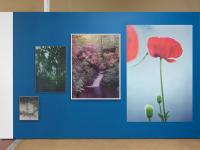
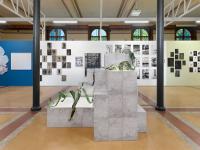
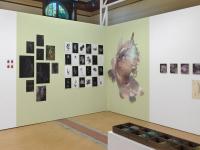
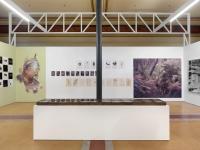
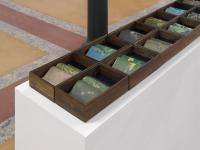





Amongst the leading institutions part of the festival, Centre de la photographie Genève proposes a rigorous yet poetic dialogue between photographic art practices of today, nature, and the built environment grounded in the precision and clarity of New Objectivity, yet alive with the frailty and wonder of coexistence. The exhibition “Bruissements végétaux”, curated by Danaé Panchaud and Claus Gunti, foregrounds scientific approaches – botanical, ecological, taxonomic – as lenses for seeing, not as cold instruments, but as generous frameworks for empathy. This inaugural exhibition of the Centre de la photographie Genève’s new space is set at the Bibliothèque de Genève, in the heart of the Parc des Bastions. In 1817, this park became Geneva’s first botanical garden, on the initiative of the Genevan botanist Augustin Pyramus de Candolle.
Featured in the show is eleven narratives on the exploration of our often paradoxical relationships with the plant world, and the ways in which plants become in turn objects of affection thanks to their aesthetic qualities, signals and symbols of environmental upheaval, the embodiment of sustainable consumption, or perform aesthetic or symbolic functions.
Berit Schneiderheit’s “Retouch” series create delicate, poetic and subtle studies of the fragile presence of plants in humanized, built environments, by capturing their shadows, light reflections and transparencies. Her photograms are perceptive and sensorial. Likewise, Hilla Kurki’s “All the Flowers in My Mother’s Garden,” reflects a subjective experience of connection to the natural world, one which builds a counter-archive of cataloguing through personal and intuitive responses to all flowers her mother cultivates in her garden. On another level, artist duo Magdalena Wysocka & Claudio Pogo’s “HERBS” is a delicate work of specimen boxes nesting faded prints of plants: a revisitation of collecting and cataloguing. Not to mention, “Bruissements végétaux” offers a double view on contemporary sculptural and photographic works by Felicity Hammond and Lea Sbandano: manipulating photography as matter turned into photo-objects, these artists bridge a more traditional approach to plant studies and investigations on generative images and environments.
Overall, this renewed engagement with nature as a field of study within contemporary photography and the visual arts finds resonance in other recent exhibitions. For instance, “Pino Musi: Phytostopia” at Fondazione Rolla draws on a similar impulse, presenting a series of houses whose systematic portrayal recalls the rigorous, typological approach of Hilla and Bernd Becher’s objective views. By echoing this lineage, Musi’s work situates the natural and the built environment within a dialogue that bridges documentary precision and conceptual inquiry.
Fred Waldvogel’s “Pilz I Fotografie,” at Museum im Bellpark in Kriens shows the same objective approach converging in aesthetic mushroom portraits that are simultaneously scientific specimens and uncanny creatures; and the exhibition “Eco-Sustainability Through Vernacular Architecture in the Cycladic Islands and Switzerland,” at Webster Geneva underscores vernacular modes of dwelling as sustainable cohabitation. This concern with the intersections of nature, culture, and visual systems of knowledge also underpins projects such as “Domestiques Photogéniques” in Valais, which uses archival photographs to probe agro-pastoral relationships, domestication, and human-animal cohabitation over millennia.
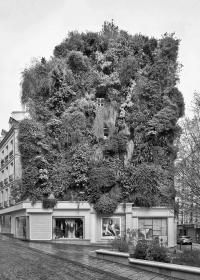
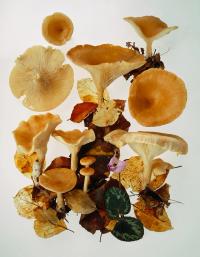
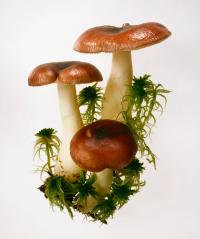
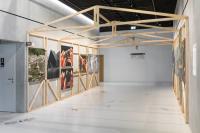
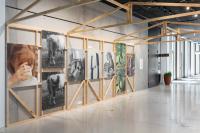
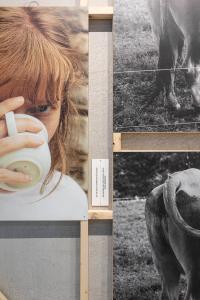






In “One Bed, Two Blankets, Seventy-Six Rules,” currently exhibited at the Maison de l'enfance et de l'adolescence (HUG), Sabine Hess and Greif Alumnus Nicolas Polli explore the intimate negotiation of everyday life when two people decide to live together after years apart. Born out of their move-in in 2023, the project frames domestic space as both a metaphor and a staging ground for compromise, conflict, comfort, and care. The installation and discursive rules they outline tease out the friction points in shared routines: how to divide space, how to respect difference, how to balance autonomy and togetherness.
Other Greif Alumni such as Mate Bartha, Peter Hauser and Jonathan Llense are presenting their work in Fontaines at the Alt+1000 photo festival, while our collaborator Caleb Stein shows “Tactics and Mythologies”at Photoforum Pasquart in Biel: a photographic road trip through the visual worlds of viral conspiracy theories realized with Andrea Orejarena. Last but not least, our community member Senta Simond is having her solo exhibition “Blue Hour” at Galerie C in Neuchâtel, opening on October 1. Renowned for photographs of the female body that counter stereotypical views of feminine beauty, Senta Simond now captures the male form in intimate, vulnerable moments, revealing a rawness often overlooked.
At Lausanne’s Photo Elysee, Matthieu Gafsou is part of the “Photographic Survey of the Canton of Vaud”. In this exhibition, Thomas Brasey, Olga Cafiero, Sarah Carp, Matthieu Gafsou, Yves Leresche and Romain Mader reveal the result of their photographic investigation before their pictures become part of Photo Elysée’s collection. The show underscores the richness of local tradition. By focusing on the Canton of Vaud’s intangible heritage, it foregrounds the specific practices, beliefs, and communal rituals that might otherwise be overlooked. This strengthens collective memory and identity at a regional level while vanishing or marginal traditions are made visible.
Closing the circle of this rich and multilayered edition, Fotomuseum Winterthur presents “The Lure of the Image” – a sweeping reflection on the affective pull of digital pictures in contemporary culture. If other festival nodes, from Geneva to Lausanne, foreground human–nature entanglements, archival memory, or cohabitation, Winterthur’s exhibition turns to the infrastructures of the networked image: memes, filters, clickbait, and viral screenshots. By juxtaposing these affective image economies with more traditional or research-driven modes of practice, Swiss Photomonth strengthens networks between institutions, convenes archives both personal and collective, and opens space for emerging practices that respond to the urges of our time.